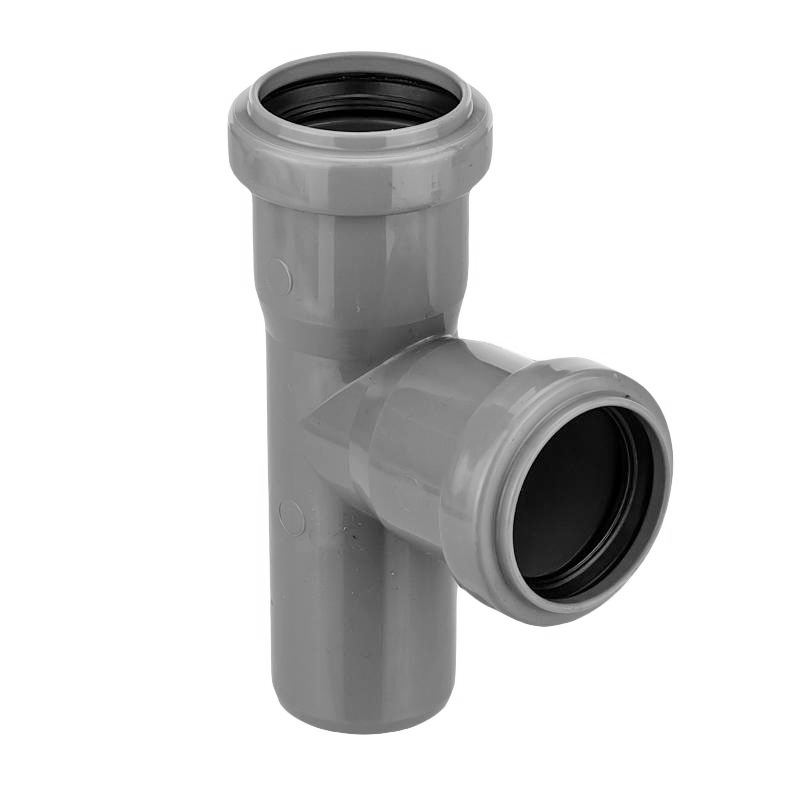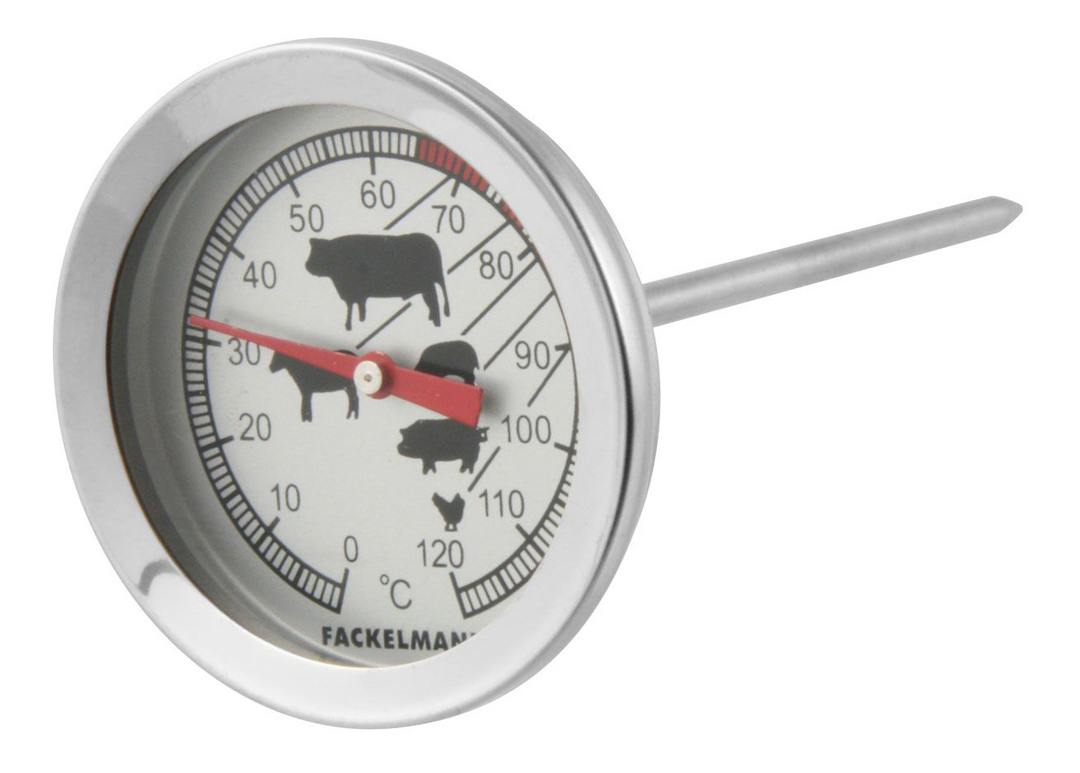Contents:
- Features of bitumen stains to remember
- How to remove bituminous stains from the body of a car?
- How to remove bituminous stains from clothing?
- How can I remove bitumen from shoes?
The question of how to remove bitumen can arise not only in those people who work closely with this product. Due to a number of physical features, in the hot season this component, actively used in economic activities, quickly melts in the sun. As a result of fleeting contact bituminous stains appear on shoes and garments, bodies of vehicles.
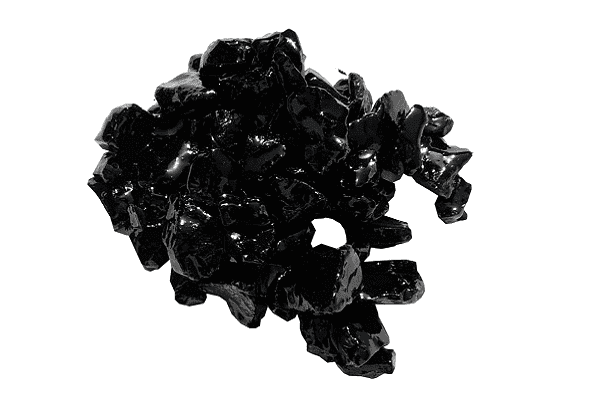
Fortunately, if you want, you can completely remove the bituminous stains from similar surfaces. You just need to know what and in what cases you need to use.
Features of bitumen stains to remember
In its pure form, bitumen is not used, it acts as the main component in many industrial mixtures. Regardless of the purpose and composition of the product, all such resins have a number of common features:
- They have a fairly low softening temperature( about 70-80 ° C).Therefore, you should not walk on the asphalt in your favorite shoes on especially hot days.
- Components of the formulation are toxic, so do not delay with its removal from shoes and clothes. For the human body, the doses of the substances are certainly not lethal, but the quality of the materials is adversely affected.
- Bitumen is corrosive. If you do not start cleaning up the problem area as quickly as possible, the product molecules can penetrate quite deeply, which will complicate the process of surface repair.
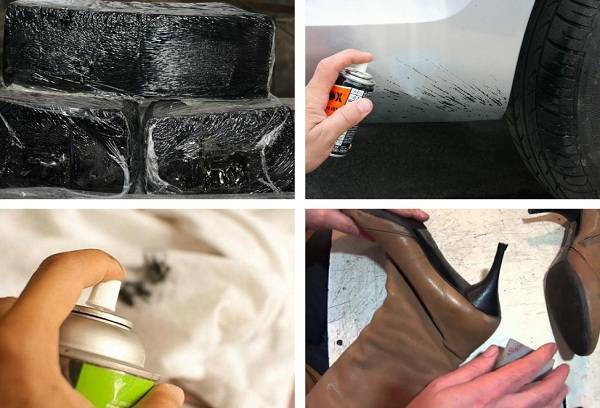
Frozen bitumen is not recommended to attempt to remove mechanically, the risk of material damage is too high. Only in the case of a strong protrusion of the "blobs" above the surface can it be neatly cut off.
How to remove bituminous stains from the body of a car?
Most often bitumen affects the lower parts of the wings, bumpers and arch arches. The growths are usually found after they have solidified. It is worth considering that water, even the hottest, is useless to use. To remove traces of bitumen from the car, you need to use turpentine or white spirit.

If there is such an opportunity, then it is best to apply the profile means in the branded vial purchased in the store of specialized goods. With their help, contaminants without marks and scratches are removed from painted, lacquered and chrome surfaces. Before proceeding with manipulation, it is recommended to check the action of the selected product on an inconspicuous area of the coating to ensure its stability.
If profile products for some reason are not available, you can try kerosene, diesel fuel and even ordinary butter. You just have to be patient, and polished the treated area after cleaning.
How to remove bituminous stains from clothing?
When working with tissues, you need to proceed with caution. Depending on their origin, you can try the following exposure options:
- Natural fabrics. In this case, acetone, refined gasoline, kerosene or white spirit can help. We clean the surface with a cotton swab, try to touch only the contamination and contact as little as possible with the undamaged tissue.
- Synthetics. Only kerosene or gasoline solvent can be used here. If these products do not give the desired result, the spoiled thing can be discarded. More aggressive products can trigger the melting of the material.

After the contamination has disappeared, the product is necessarily erased using some powerful tool, for example, Vanish.
Than it is possible to remove bitumen from shoes?
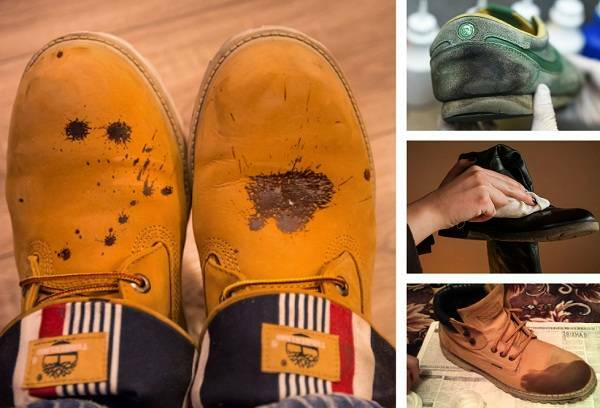
If the products are not made of fabric, then they can test all of these types of solvents, from the softest and turning to more aggressive ones. At the same time, one must remember that the natural skin tolerates such cleaning better than the substitute. But in the case of suede, everything is quite difficult. Even if the stain can be completely removed, the shoe will most likely have to be completely repainted in black.
If the bitumen has to be removed from the carpet or floor covering, a variety of solvents are again used. Unfortunately, such manipulations often lead to a permanent change in the color and texture of the material.

